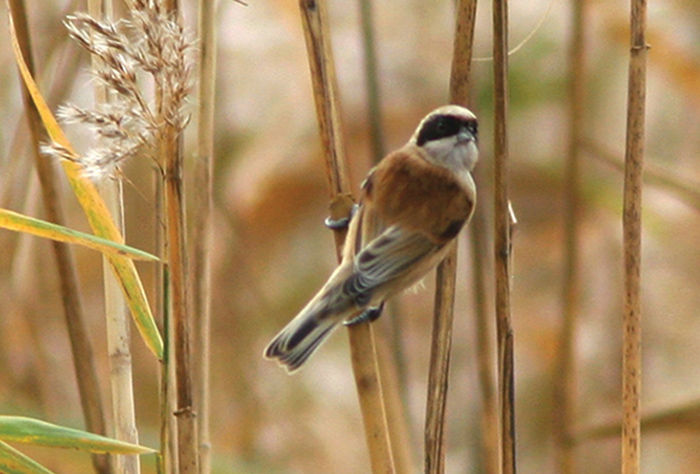New Year, New Birding….
- Speyside Wildlife

- Dec 30, 2018
- 2 min read
Do you keep a year list? You should try it. It makes the New Year particularly exciting – everything is new for the list!! Why do it? Well, it makes you go out and look for those species you don’t always bother to look for – and makes you get out birding which is surely a good thing!
There is always that buzz of excitement on New Year’s Day wondering what the first bird of the year will be – in the past I have stuck my head out of the window during the night to try and hear a Tawny Owl, so my first bird of the year was something a bit more exciting than a Wood Pigeon or House Sparrow.

Tawny Owl (Andrew Dodd)
The rules are simple – any new bird you see or hear goes on the list, if you are 100% certain of its identity and it is not in a cage or a ‘collection’. Start on January 1 and finish on December 31 – and that’s about it!
I add a little fun to mine by setting myself the target of 200 species. I remember reading about year listing in a magazine which suggested a 250 target! The author said 250 was easy – really! I don’t think so, unless you want to end up twitching rarities all autumn, 200 is challenge enough making a plausible target for which you still have to make an effort. You might need a trip to Scotland and a trip to Norfolk or some other places to get there but that is the point, isn’t it – getting you out birding.

Hawfinch (Roy Atkins)
There is a bit of planning to be done. Think about the seasons. There are some species that are just here in winter, for which you get two chances, but others are very much passage migrants making spring and autumn the busiest times of year to catch up with a lot of birds. In spring, there are some species that are easy to find if you know their song – say Grasshopper Warbler for example (remember you don’t have to see it for it to go on the year list) but almost impossible to find for the rest of the year. There are some birds only seen regularly in autumn like Curlew Sandpiper and Little Stint.

Penduline Tit (Roy Atkins)
So, plan ahead – have fun – get out and about – and go for it!

Robin – every species counts! (Cath Wright)



Comments